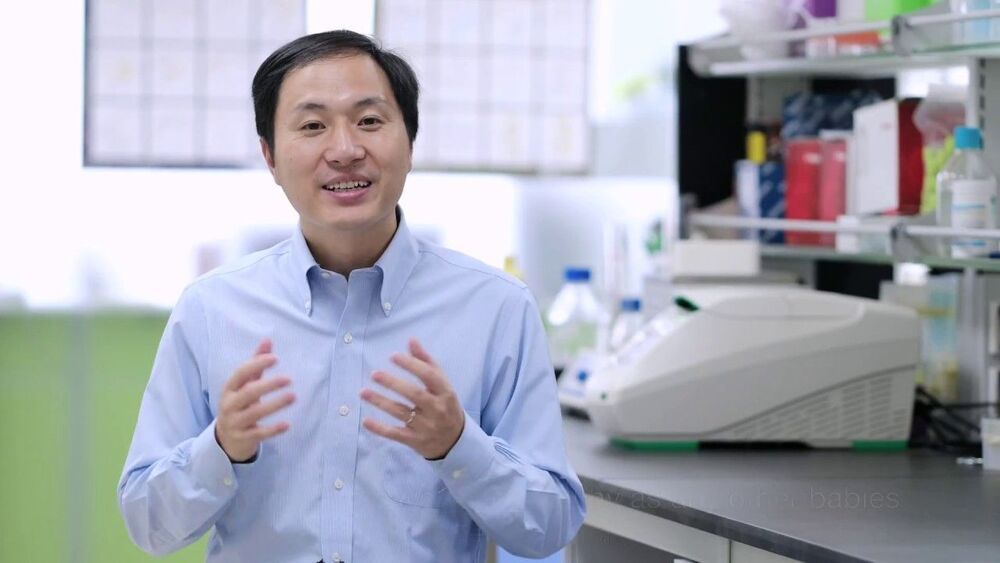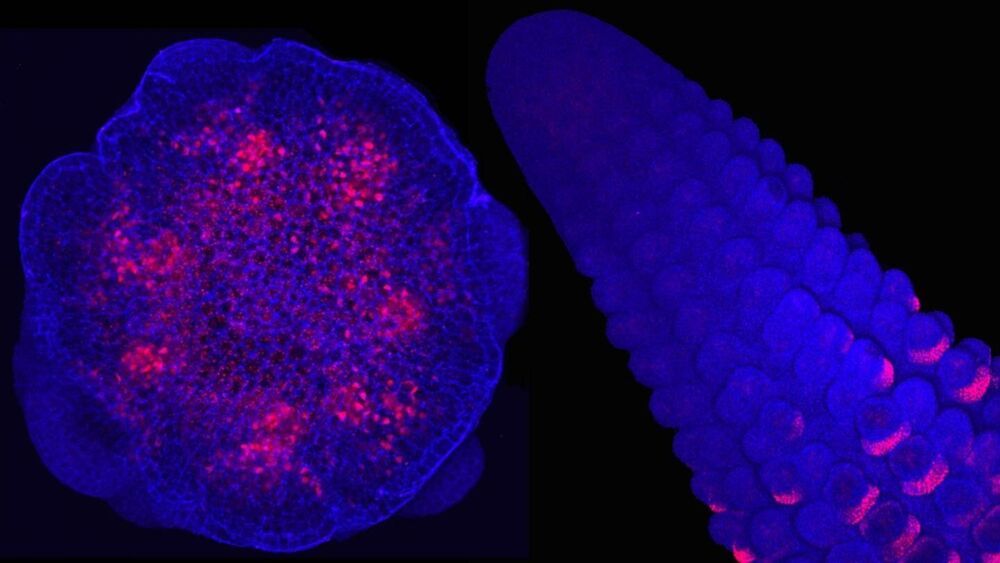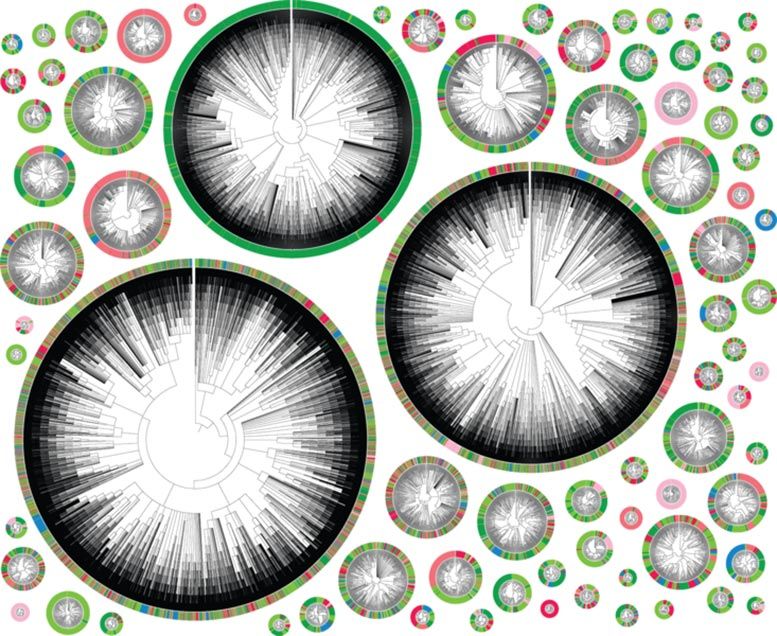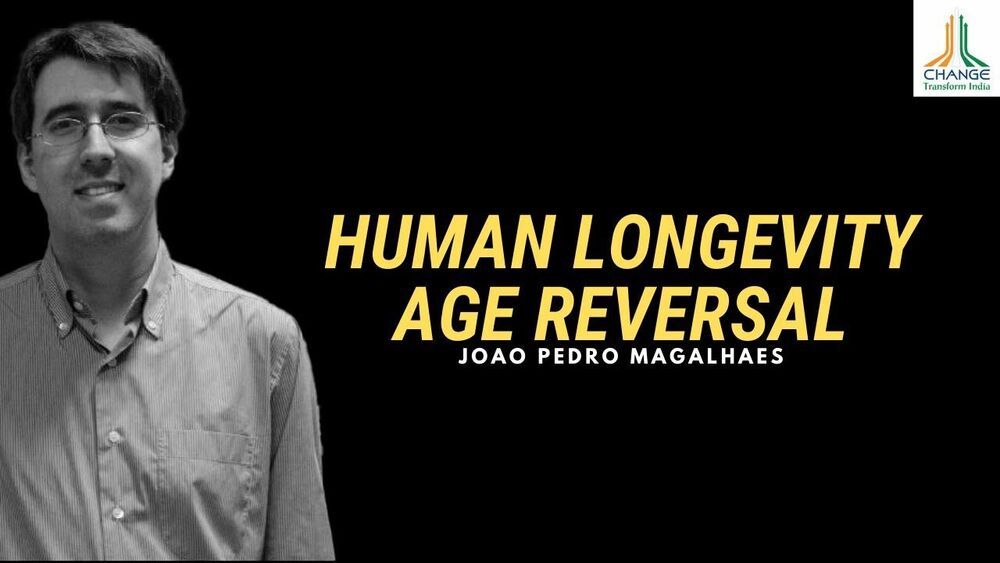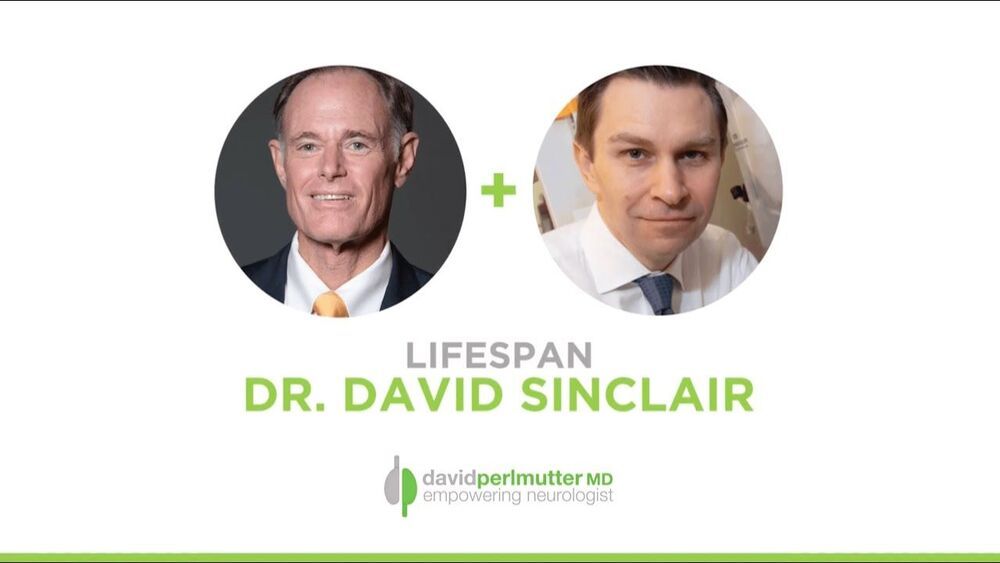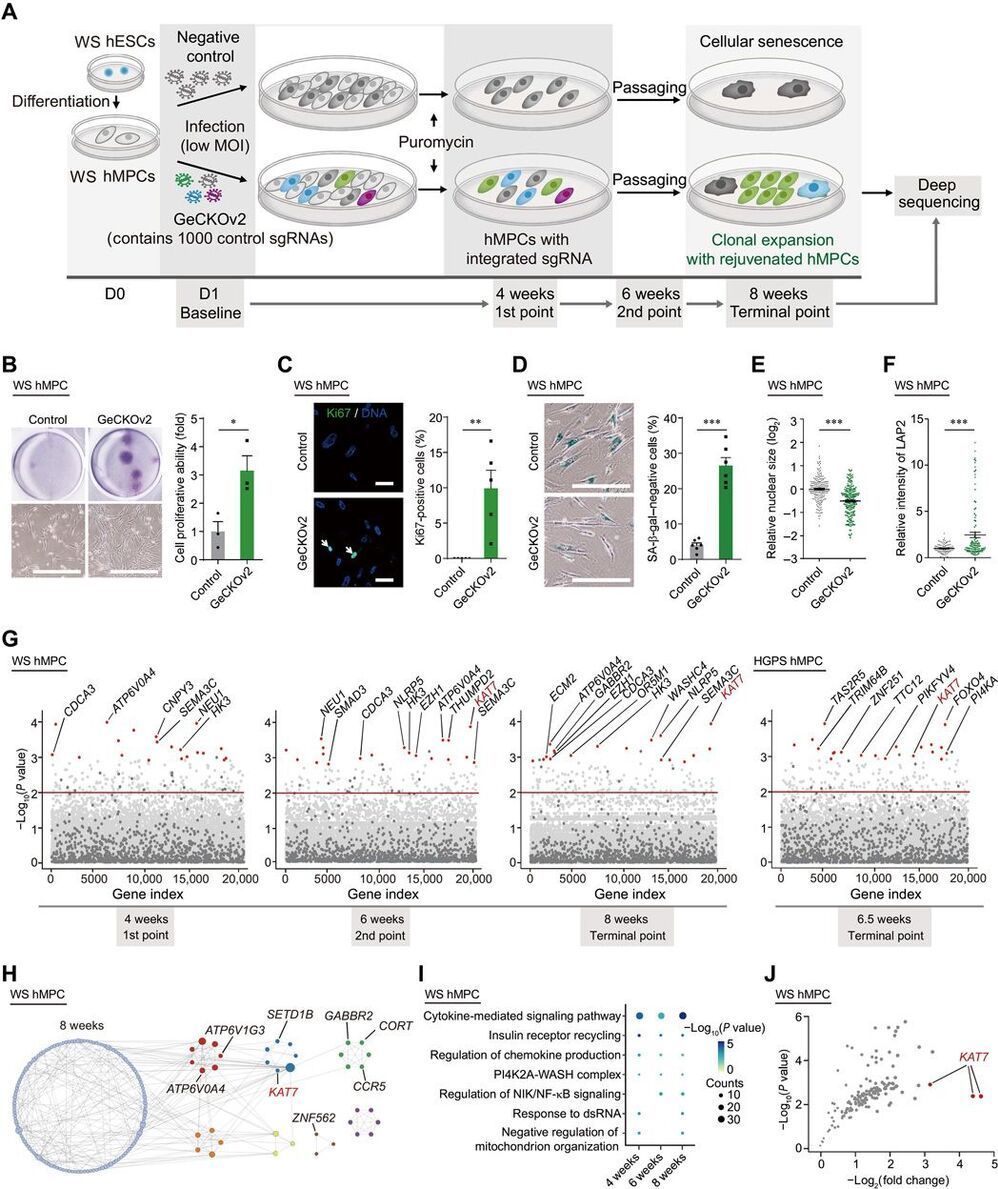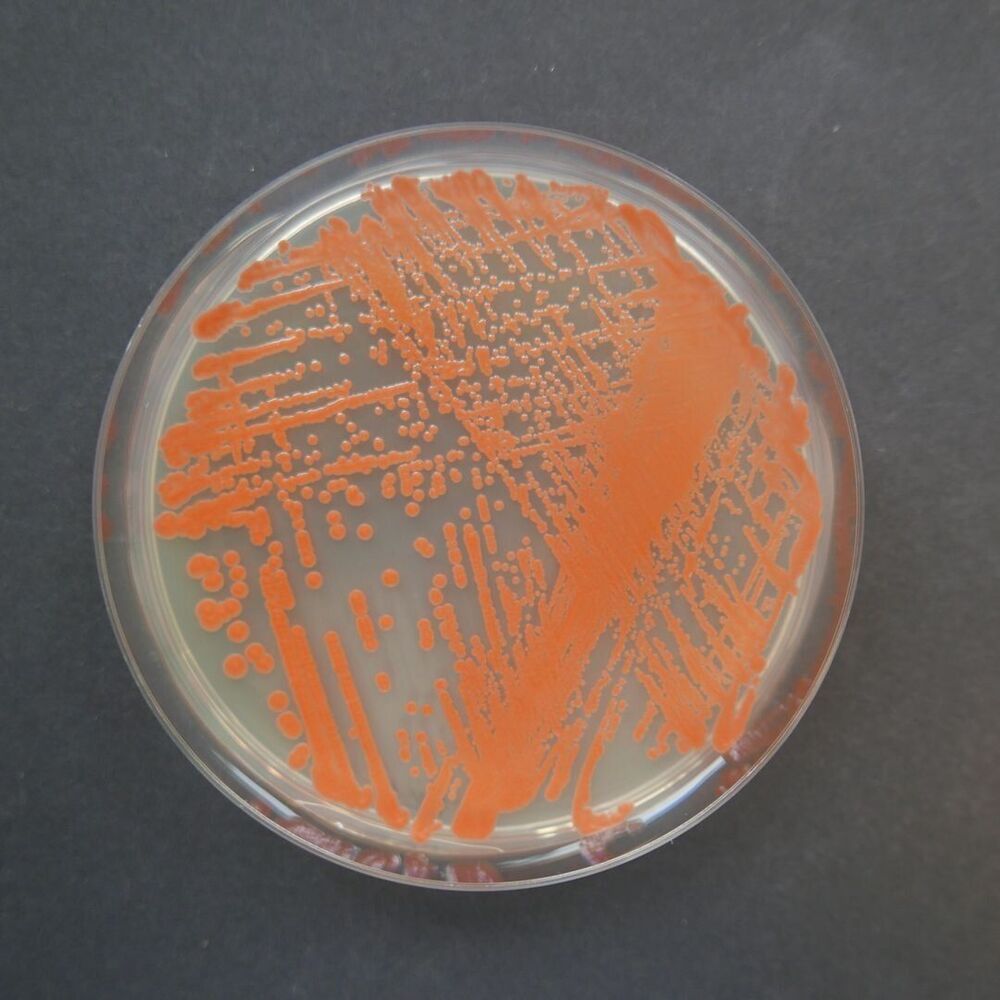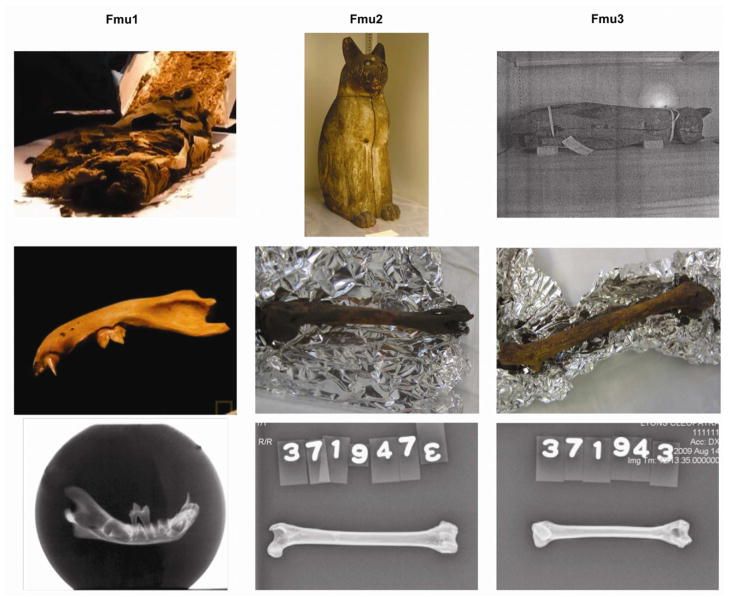Gearing up for the interview with Harold Katcher!
Epigenetic age reversed by 54%. Scientific trial by Horvath Clock.
In this video we will discuss a paper entitled “Reversing age: dual species measurement of epigenetic age with a single clock”.
The paper can be found here https://www.biorxiv.org/content/10.1101/2020.05.07.082917v1.full.
The paper is a preprint available on bioXriv on a study showing the reversal of age in rats through exchange of blood plasma. Blood plasma of older rats was exchanged for that of younger rats which lead to the older rats having a reduced epigenetic age and many improved biomarkers, including reduced inflammation.
The age of the rats’ tissue was assessed by Dr Steve Horvath using 6 separate clocks which covered individual tissue as well as a pan tissue clocks.
We will be releasing an interview with one of the authors of the paper soon, Dr. Harold Katcher and we wanted to provide a review of the paper first.
************************************
If you would like to support our channel, we’d love a coffee…thank you!
https://www.buymeacoffee.com/mhealthspan.
************************************
Our Supplement list.
(now)NMN Pro 300 Enhanced Absorption Capsule – ProHealth https://amzn.to/37DQ0ou.
NMN Lozenges 250mg — X 4 ProHealth https://amzn.to/2ycVfhE
Pro Powder (15 Grams) – ProHealth https://amzn.to/2YQsUqI
100% Trans-Resveratrol 1000 mg ProHealth https://amzn.to/2yeBM04
Alpha Lipoic Acid 600 mg — Doctor’s Best https://tinyurl.com/yb68chzo.
Vitamin C 1g – California Gold Nutrition https://iherb.co/tjmJCSKv.
D3/K2 – Thorne — https://iherb.co/GYkP4T5b.
Krill Oil – EPA/DHA – Jarrow Formulas https://iherb.co/JmrV6hsy.
TMG Powder https://amzn.to/3hhtiGB
Celery Seed, 505 mg, 100 VegCaps https://iherb.co/BvKGp8p2
Folate and Vit B12 https://amzn.to/2X9SiXX
CoQ10 — Ubiquinol — https://amzn.to/2JDxJjN
Acacia fibre — https://amzn.to/2X2yzJN

